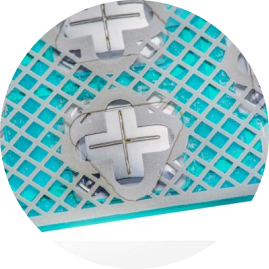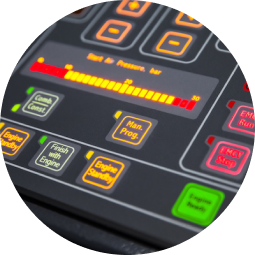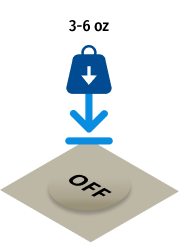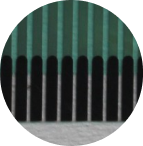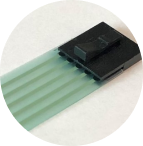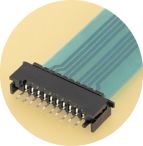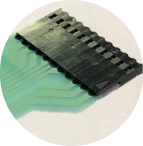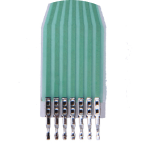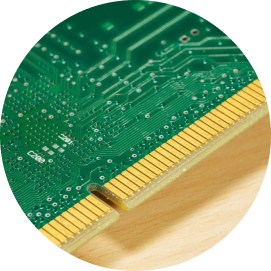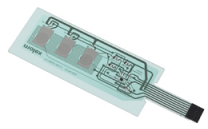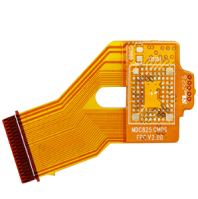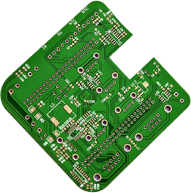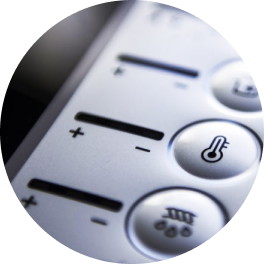Tactile and Non-Tactile Membrane Switches
Tactile and Non-Tactile Membrane Switches
Fortunately, the difference between tactile vs non tactile membrane switches is relatively simple.
As the name suggests, tactile switches are ones that provide tactile feedback when it’s pressed. This usually means a distinct snap. Generally, this is done with the help of a metal dome beneath the switch. They close the circuit when pressed and open it again upon being released.
Polyester domes are another common option. They tend to rely on printed silver ink that is etched onto the underside of the dome.
A non-tactile switch is just the opposite. It also temporarily closes the circuit when pressed, but it doesn’t give any tactile feedback. The upper and lower circuit is separated by a spacer.
TACTILE
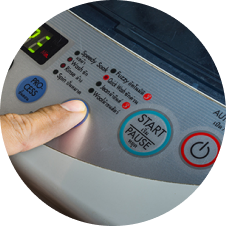
NON-TACTILE
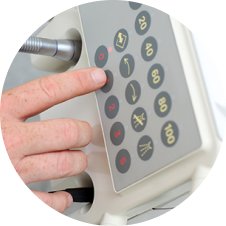
OVERLAY
METAL DOME
CIRCUIT SUBSTRATE

Relaxed
OVERLAY
CIRCUIT SUBSTRATE

Relaxed
OVERLAY
METAL DOME
CIRCUIT SUBSTRATE

Pressed
OVERLAY
CIRCUIT SUBSTRATE

Pressed
Talk to an Expert About Tactile and Non-Tactile Switches
Choosing between a tactile and non-tactile switch for your company’s equipment is an important decision. Our experts can explain what is the difference between linear and tactile switches and help you choose the best option for your business's needs. It will have a huge impact on how intuitive operators find your machines.
Of course, even after you decide on tactile or non-tactile, you still have a lot of other decisions to make in order to ensure your switches work as effectively as possible.
So, don’t take any chances. Our team of designers and engineers has experience in a number of different industries. They’ll take the time to understand exactly what your unique machines need before they make their recommendations based on what else they know about your field.
For a free, no-obligation quote and to learn more about how we can help your company, call us today at 352-383-8142 or fill out this simple form.

